Deskripsi
Perkenalan:
Dalam industri minyak dan gas, pemantauan laju korosi yang akurat sangat penting untuk meminimalkan biaya pemeliharaan dan perbaikan yang terkait dengan kegagalan material. Metode pemantauan online yang hemat biaya dan andal adalah penggunaan kupon korosi. Dengan mengukur tingkat korosi setiap tahun, Anda dapat memberikan informasi berharga tentang korosif sistem. Dalam artikel ini, kami akan mengeksplorasi pentingnya kupon korosi dalam industri minyak dan gas dan bagaimana mereka dapat membantu memastikan kehidupan dan integritas bahan dalam berbagai aplikasi.
Apa itu kupon korosi?
Kupon korosi digunakan untuk mendeteksi korosi sistem air dari waktu ke waktu. Kupon terbuat dari bahan berbeda yang awalnya ditimbang tanpa korosi dan kemudian dibandingkan dengan berat badannya setelah terpapar air untuk periode waktu tertentu. Periode paparan umum termasuk 60, 90, atau 120 hari. Dengan memantau perubahan dalam jumlah korosi, wawasan penting tentang tren korosi dan efektivitas opsi perawatan kimia dapat diperoleh.
Manfaat kupon korosi di industri minyak dan gas:
Ada beberapa manfaat utama untuk menggunakan kupon korosi di industri minyak dan gas. Pertama, kupon korosi memberikan cara yang efektif untuk mendeteksi korosi dan melacak kemajuannya. Dengan mengamati perubahan berat dan penampilan sendi, operator dapat menilai efektivitas langkah -langkah pengendalian korosi dan membuat keputusan berdasarkan informasi tentang pemeliharaan dan perbaikan. Kupon korosi juga relatif mudah digunakan, dan operator dapat mengidentifikasi korosi dengan membandingkan kupon secara visual sebelum dan sesudah paparan.
Pemanfaatan kupon korosi yang efektif:
Untuk memastikan hasil tes yang akurat, beberapa variabel harus dipertimbangkan selama analisis kupon korosi. Perawatan harus diambil untuk menghindari menyentuh kupon dengan tangan kosong, karena minyak dari kulit dapat meningkatkan korosi dan bias hasil tes. Sangat penting untuk mempertahankan aliran konstan pada kecepatan yang direkomendasikan 3-5 kaki per detik selama periode pengujian. Laju aliran di bawah 3 fps dapat menyebabkan penyelesaian partikulat pada kupon, memperkenalkan bias, sedangkan laju melebihi 5 fps dapat mengikis logam yang lebih lembut. Selain itu, waktu tes kupon korosi harus dipertimbangkan, menghindari musim semi dan musim gugur dalam sistem pendinginan kenyamanan untuk memastikan aliran yang konsisten dan hasil yang lebih realistis.
Pemasangan rak kupon yang tepat sangat penting untuk hasil tes yang akurat. Suhu air dapat mempengaruhi laju korosi, sehingga memposisikan rak kupon baik sebelum atau setelah sumber panas atau menara dapat memengaruhi laju korosi yang diukur. Urutan kupon di rak adalah penting, dengan logam yang kurang mulia seperti baja karbon ditempatkan di hulu logam yang lebih mulia seperti tembaga untuk mencegah laju korosi buatan karena pelapisan. Penting juga untuk menghindari pemasangan kupon korosi dalam sistem dengan kontaminasi minyak atau hidrokarbon, karena ini dapat menyebabkan laju korosi yang tinggi secara artifisial.
Kesalahan umum untuk dihindari:
Untuk menjamin efektivitas kupon korosi, penting untuk menghindari kesalahan umum. Kesalahan umum adalah tidak mempertimbangkan jenis sistem. Sistem terbuka cenderung menunjukkan lebih banyak korosi dan variabilitas yang lebih besar. Sistem tertutup biasanya mengalami lebih sedikit korosi dan variabilitas. Penting juga untuk menguji berbagai lokasi dalam sistem untuk diagnosis komprehensif, daripada berfokus pada satu titik. Pemantauan atau penggantian pelat korosi yang tidak konsisten dapat mencegah pelacakan pitting dan penyimpangan yang akurat pada permukaan bagian dalam. Penting untuk selalu mengikuti instruksi untuk mendapatkan data yang andal dan bermakna.
Kupon korosi di industri minyak dan gas:
Dalam industri minyak dan gas, kupon korosi memainkan peran penting dalam memantau kualitas air dan mencegah kegagalan material. Pipa, tangki, dan peralatan terpapar lingkungan korosif untuk jangka waktu yang lama dan rentan terhadap korosi. Tiket korosi menyediakan cara untuk secara proaktif mendeteksi korosi dan mengevaluasi efektivitas langkah -langkah pengendalian korosi. Dengan menerapkan program kupon korosi, perusahaan dapat memastikan integritas infrastruktur mereka dan mengurangi biaya pemeliharaan.
Kesimpulan:
Dalam industri minyak dan gas, kupon korosi adalah alat yang berharga untuk memantau tingkat korosi dan mengevaluasi efektivitas langkah -langkah pengendalian korosi. Dengan menggunakan tiket korosi secara efektif, operator dapat mendeteksi korosi secara tepat waktu, mengevaluasi opsi perawatan, dan membuat keputusan berdasarkan informasi tentang pemeliharaan dan perbaikan, pada akhirnya memperluas harapan hidup bahan dan mengurangi biaya.
Dalam industri minyak dan gas, korosi menimbulkan risiko yang signifikan terhadap integritas infrastruktur, dan penggunaan kupon korosi sangat penting. Mereka memberikan informasi berharga tentang korosif suatu sistem, memungkinkan operator untuk mendeteksi korosi, mengevaluasi opsi perawatan, dan membuat keputusan berdasarkan informasi tentang pemeliharaan dan perbaikan.
Penggunaan slag korosi yang tepat mencakup pertimbangan variabel seperti desain sistem, laju aliran, suhu, dan penghindaran kontaminasi hidrokarbon. Mengikuti prosedur pemasangan dan penanganan yang disarankan, mempertahankan proses yang konsisten, dan mengikuti instruksi pengujian sangat penting untuk mendapatkan data yang akurat dan bermakna. Dengan menghindari kesalahan umum dan menerapkan program kupon korosi yang efektif, operator dapat memastikan masa manfaat dan integritas infrastruktur mereka sambil meminimalkan biaya pemeliharaan dan perbaikan.
Secara keseluruhan, kupon korosi adalah alat penting untuk memantau laju korosi dalam industri minyak dan gas. Kemudahan penggunaannya, efektivitas dalam mendeteksi korosi, dan kemampuan untuk mengevaluasi opsi pengobatan menjadikannya alat yang sangat diperlukan untuk mempertahankan integritas infrastruktur. Dengan menerapkan program kupon korosi dan mengikuti praktik terbaik, operator dapat secara efektif mengelola korosi, mengurangi biaya, dan memastikan masa pakai sistem mereka. Menggunakan kupon korosi sebagai bagian dari strategi manajemen korosi yang komprehensif sangat penting untuk keberhasilan jangka panjang dan keandalan industri minyak dan gas.


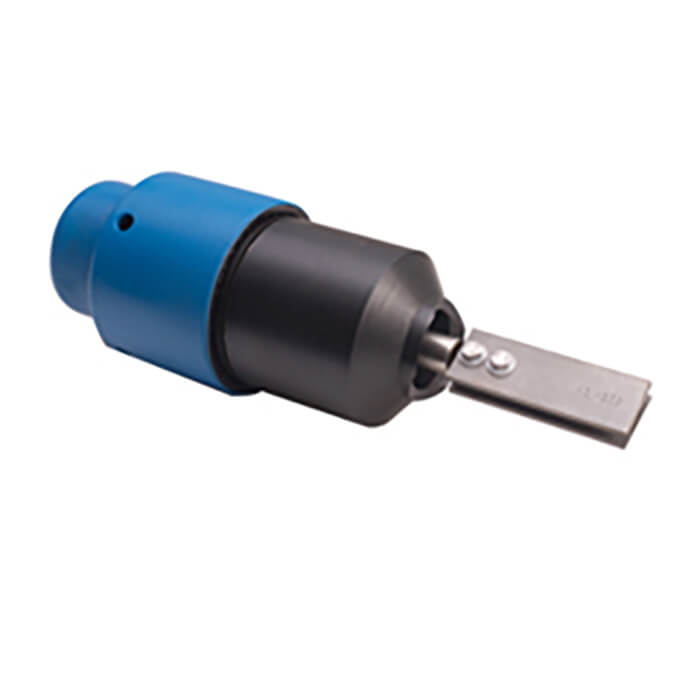
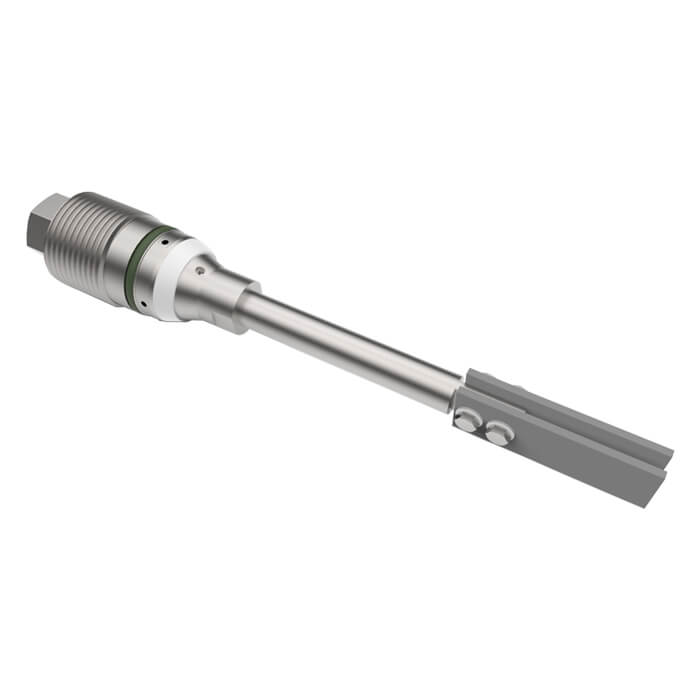
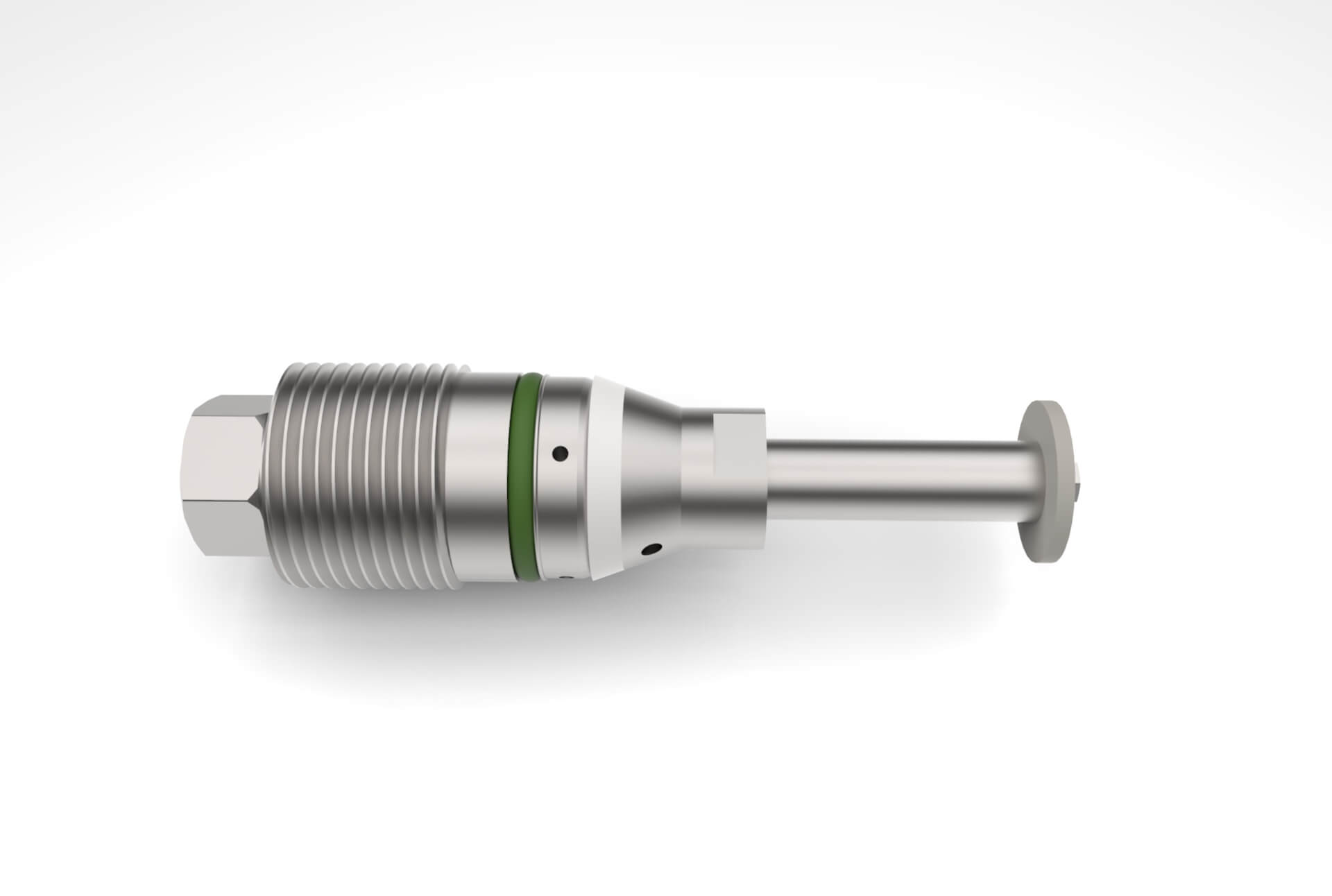
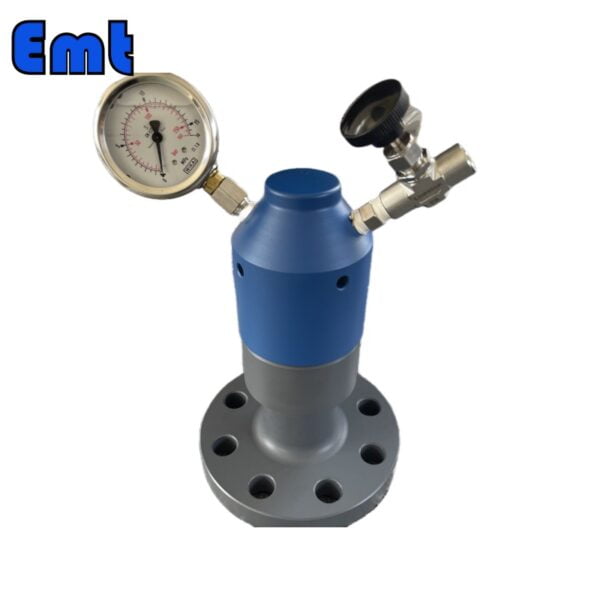
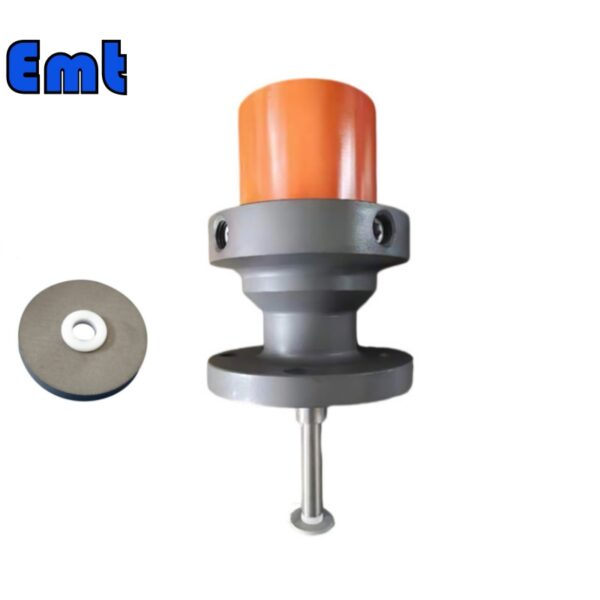
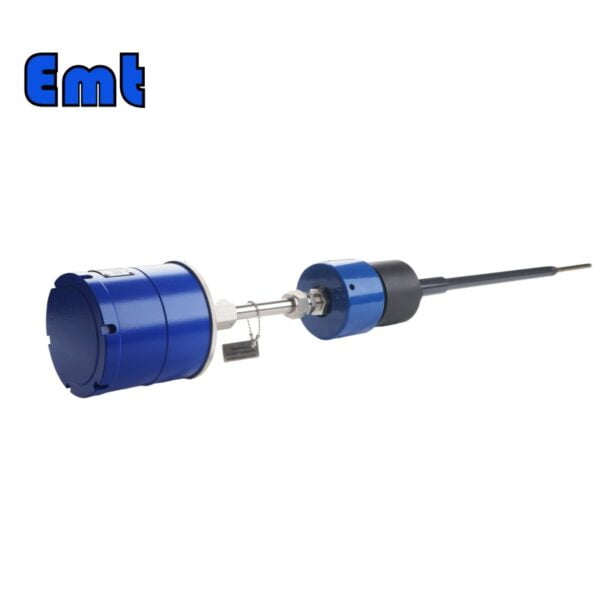
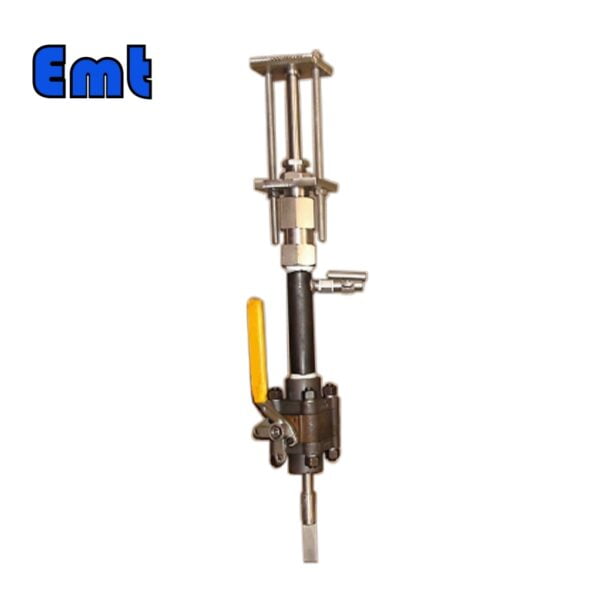
Ulasan
Belum ada ulasan.